Hull, in East Yorkshire is one of those cities that has a long tradition of markets and fairs. The Hull Fair is a regular annual event from the thirteenth century onwards and is rivelled only by the Nottingham Goose Fair and Bartholomew’s Fair in central London. It was then, a popular destination for the travelling menageries. Wombwell is known to have attended and Bostock and Wombwell shows were a favorite with the nineteenth century audiences.
There were a series of excellent photographs taken of B&W at Hull Fair. This is probably the finest example of the menagerie booth photographs that exist and was possibly taken in 1919 although the fashion might indicate somewhat earlier.
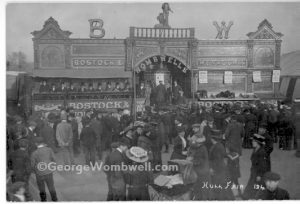
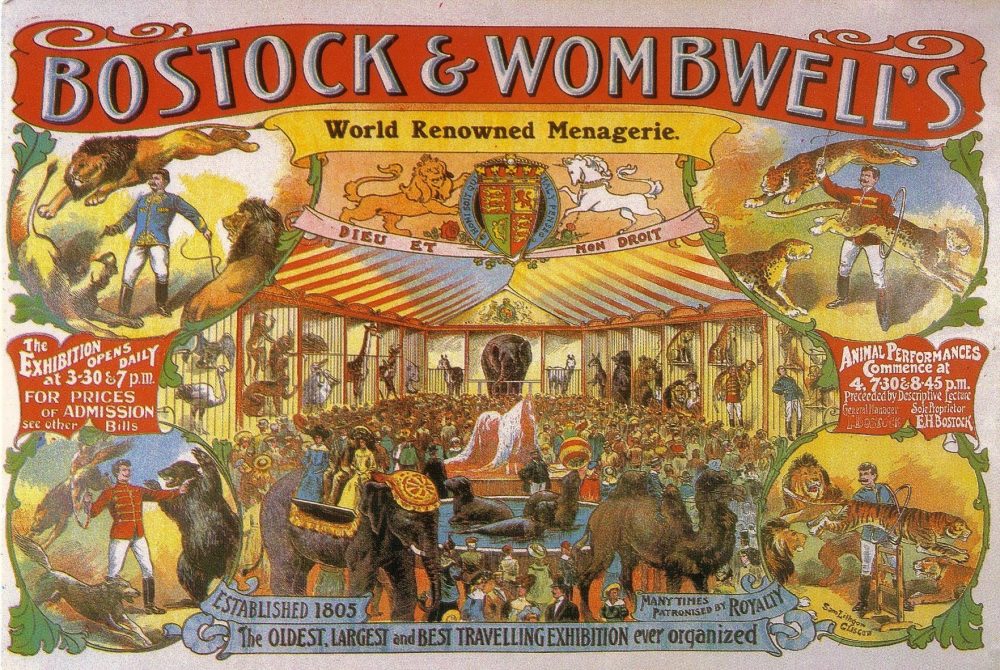
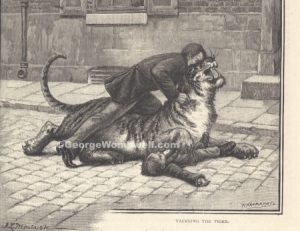 Charles Jamrach (1815 – 1891) was the leading dealer and his emporium was situated in what was then known as Ratcliff Highway in east London — at the time the largest such shop in the world. From the description the building can be placed on the 1868 Edward Weller map of London near to the Tobacco Dock somewhere along St George’s Road (to the right of North Quay).
Charles Jamrach (1815 – 1891) was the leading dealer and his emporium was situated in what was then known as Ratcliff Highway in east London — at the time the largest such shop in the world. From the description the building can be placed on the 1868 Edward Weller map of London near to the Tobacco Dock somewhere along St George’s Road (to the right of North Quay).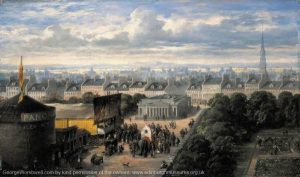
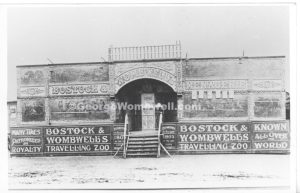
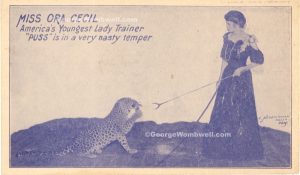 Cecil once commented:
Cecil once commented: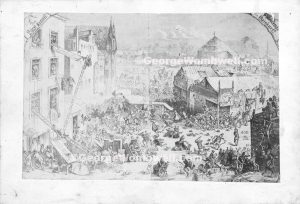
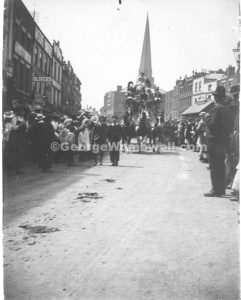 Generally, showmen coupled several horses to their carriages on such parades. Wombwell is known to have coupled up to eight horses to a carriage on at least one occasion.
Generally, showmen coupled several horses to their carriages on such parades. Wombwell is known to have coupled up to eight horses to a carriage on at least one occasion.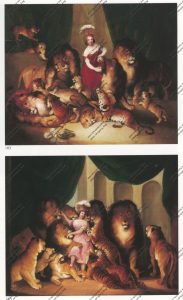 Published today, a history of the Lion Queens that became famous in the 19th century world of traveling menageries and circuses. One of the most famous is Ellen Chapman, here depicted by Horner with wild beasts. The works are oil on canvas and are a pendant pair. Last known at auction in 2000. This is the last in our series on Lion Kings and Queens.
Published today, a history of the Lion Queens that became famous in the 19th century world of traveling menageries and circuses. One of the most famous is Ellen Chapman, here depicted by Horner with wild beasts. The works are oil on canvas and are a pendant pair. Last known at auction in 2000. This is the last in our series on Lion Kings and Queens.